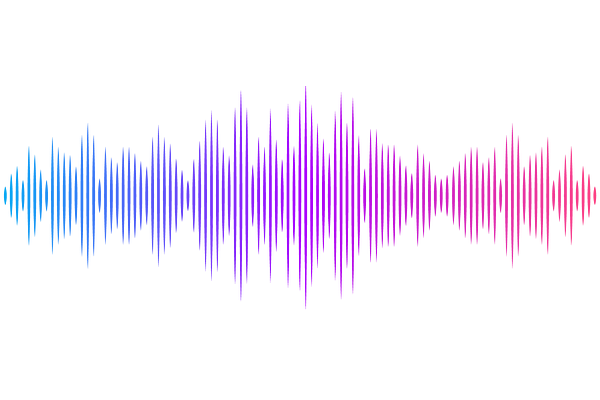β-III tubulin identifies anti-fibrotic state of pericytes in pulmonary fibrosis

β-III tubulin identifies anti-fibrotic state of pericytes in pulmonary fibrosis
Sato, R.; Imamura, K.; Tsukui, T.; Yoshida, T.; Tomita, Y.; Fujino, K.; Ikeda, T.; Onizawa, K.; Sogo, T.; Combs, C. A.; Murgai, M.; Kopp, J. B.; Suzuki, M.; Sakagami, T.; Sheppard, D.; Mukouyama, Y.-s.
AbstractPericytes have been implicated in pulmonary fibrosis, yet their activated cellular states and functional roles remain largely unclear. Here, we identified {beta}-III tubulin (Tuj1) as a distinctive marker for fibrosis-associated lung pericytes. Most pericytes in fibrotic regions are Tuj1-positive and interact uniquely with multiple endothelial cells, localizing near collagen-producing fibroblasts and pro-fibrotic SPP1+/arginase+ macrophages. Tuj1 expression is predominantly induced in pericytes during the fibrotic phase, and Tuj1 gene (Tubb3) knockout in mice exacerbates lung fibrosis, accompanied by an increase in the neighboring pro-fibrotic fibroblasts and macrophages, suggesting an anti-fibrotic role for Tuj1-expressing pericytes. Mechanistically, the anti-fibrotic chemokine CXCL10 is upregulated in Tuj1-expressing pericytes, whereas this upregulation is not observed in Tubb3 knockout. Moreover, CXCL10 inhibits the pro-fibrotic differentiation of macrophages induced by lung fibroblasts in culture, implying that CXCL10 may mediate the anti-fibrotic effects of Tuj1-expressing pericytes. These findings underscore the role of lung pericytes in negatively regulating fibrotic process and their potential as therapeutic targets for pulmonary fibrosis patients.